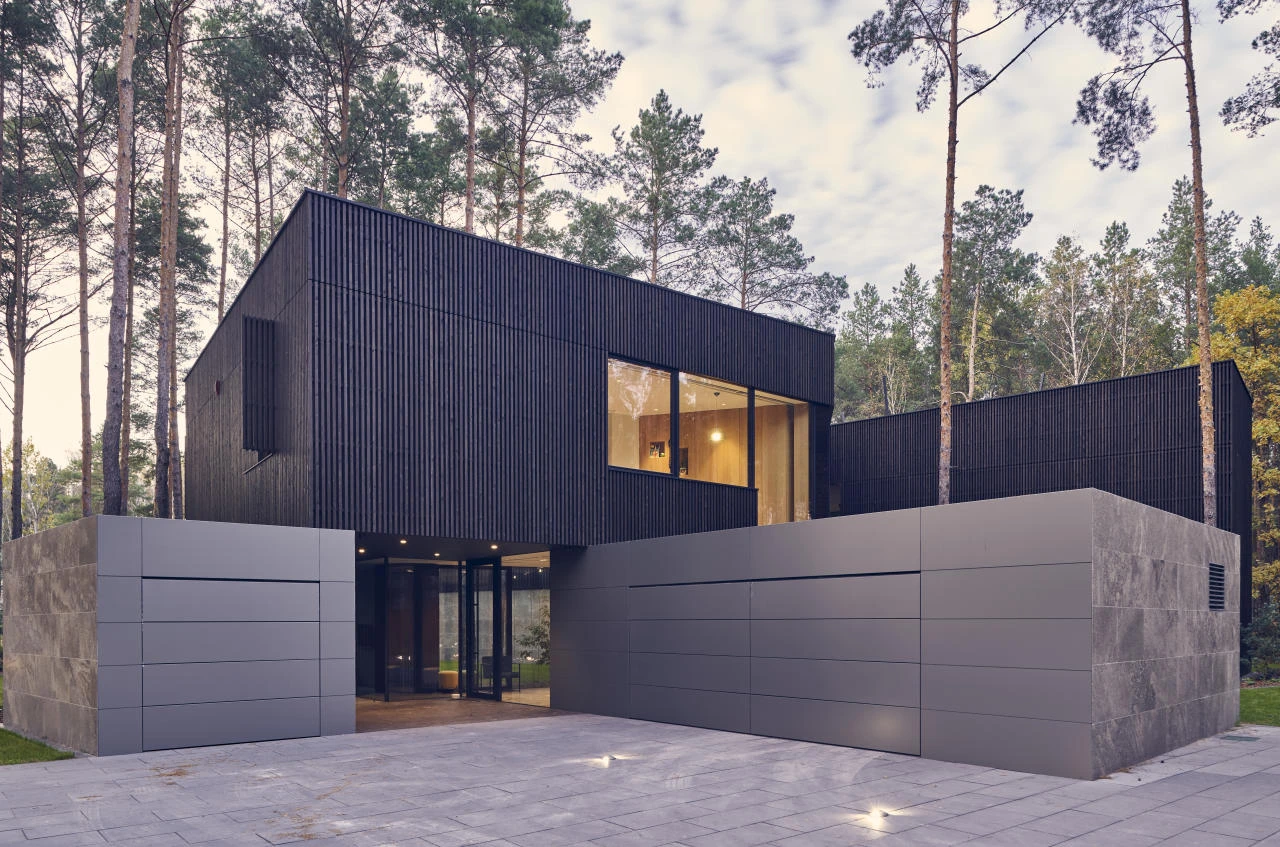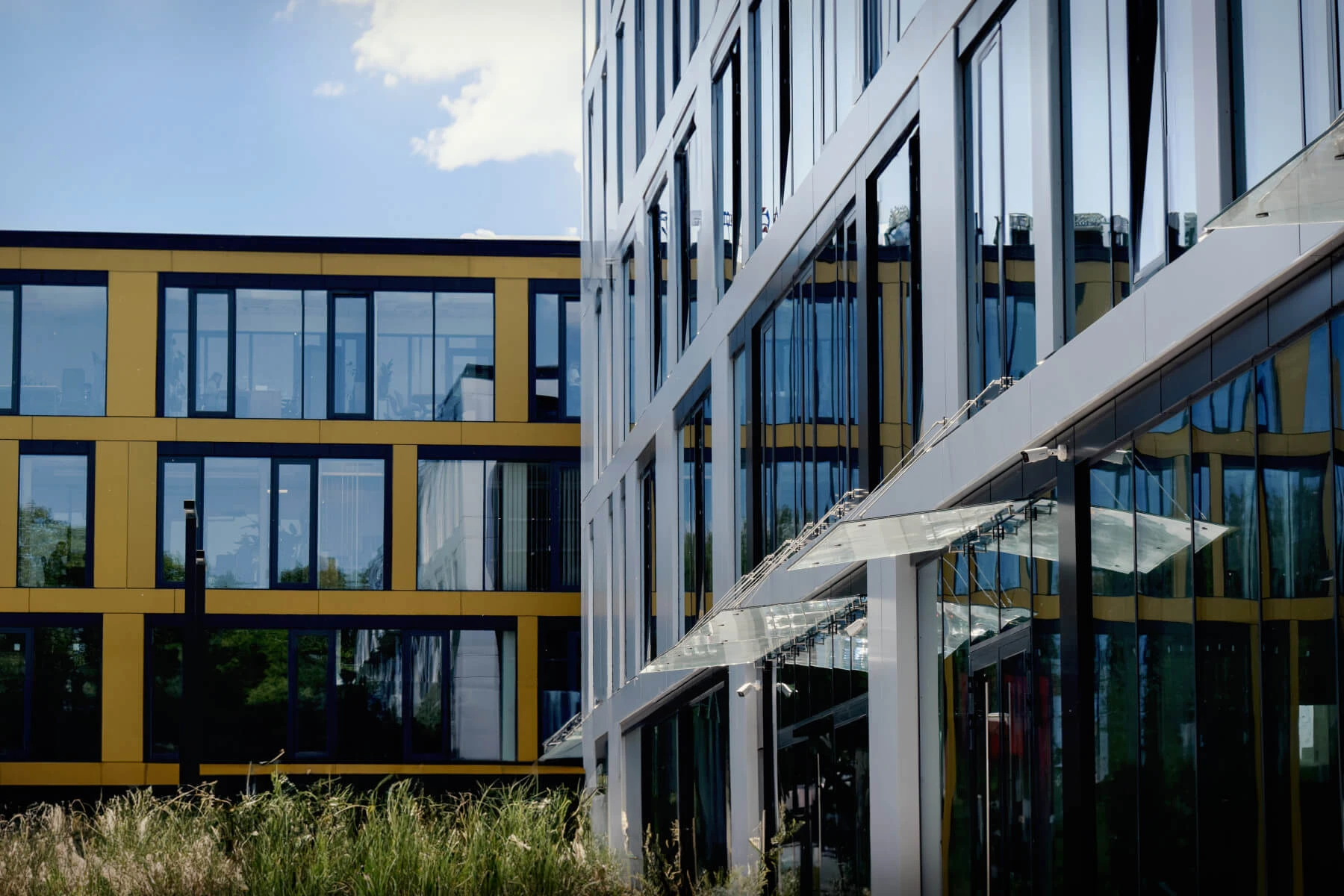Recycling construction materials in sustainable building
The main assumptions behind sustainable construction are to protect the environment and to aim for low or even zero energy consumption. To this end, recycling and environmentally friendly building materials are key.
Vast amounts of energy and natural resources are consumed in the manufacturing process of traditional building materials. The construction sector in the EU consumes 40% of the energy generated.
What does recycling building materials involve?
Once traditional building materials reach the end of their life cycle, they cannot be reused in a new project, and become construction and demolition waste, accounting for approx. 30% of all waste generated in the EU. They come from new developments as well as renovation, modernisation and revitalisation of existing buildings.
Recycling building materials involves reusing construction and demolition waste to make a new product. Properly treated construction or demolition waste then becomes a full-quality material ready for use in construction.

Wind House, Izabelin, Poland. Systems used: MB-77HS, MB-SR50N.
Which building materials can be recycled?
Ecological building materials that are most recyclable and reusable have the biggest recycling potential. These include wood, glass and aluminium, which are recyclable almost indefinitely.
Environmentalists and the construction industry view aluminium as the most eco-friendly metal in the world. It can be recycled multiple times and, what is crucial in the context of the climate and energy crisis, this requires around 5% of the energy needed to originally fabricate the material.
For example, Aluprof uses aluminium as one of the main raw materials for its façade systems, including the MB-SR50N and MB-SR60N solutions. Using aluminium products in a building also allows additional points to be gained in the BREEAM and LEED certification schemes, making it highly attractive to investors.
Why is it so important to recycle materials in sustainable construction?
Directive 2008/98/EC of the European Parliament and of the Council of 19 November 2008 on waste presents some basic concepts such as the waste hierarchy, waste prevention and the introduction of a life-cycle approach to policies. The directive contains specific waste recycling targets: recycling 50% of household waste and 70% of construction and demolition waste. Sustainable building and material recycling are complementary, as together they pursue the same goal, i.e. caring for the environment and achieving climate neutrality.

Duo Office Park Argento, Kraków, Poland. Systems used: MB-86 SI, MB-SR50N.
Let’s build a better future
Recycling building materials involves a number of steps with a direct impact on the environment where we live. Existing natural resources cannot be preserved for future generations without introducing recyclable raw materials into construction.
